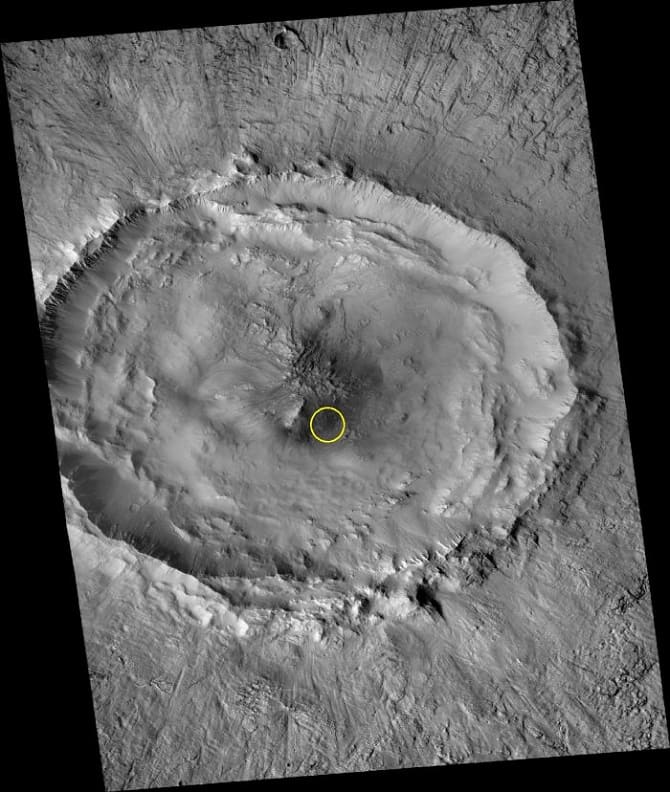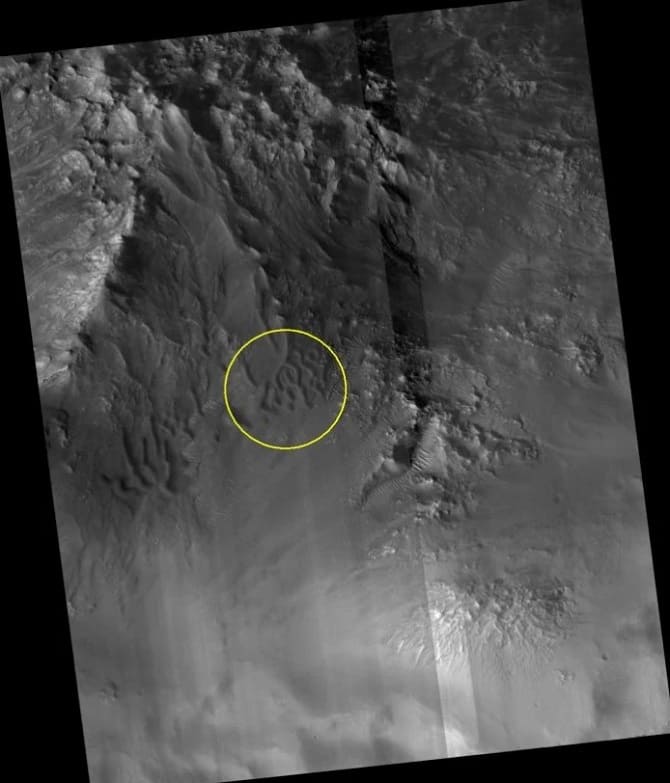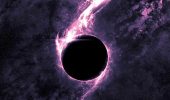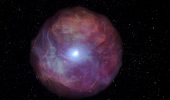Unique images of Mars sent to Earth by the Mars Reconnaissance Orbiter spacecraft. New images show the Red Planet’s sand dunes forming in the Gamboa crater in Mars’ northern hemisphere. According to ScienceAlert, these images were specially processed by scientists, who gave them a blue color. This made it possible to emphasize how different they are from the surrounding area.

With the help of blue, NASA scientists showed how contrasting the surface of the studied planet is. It also allows a much better understanding of atmospheric and geological processes.
On the Red Planet, the smallest sand ridges are several meters apart from each other. But they are grouped into huge waves of sand, which are located 10 meters apart. And so they look very unusual. By coloring them blue, scientists were able to distinguish distinctive features in mounds of different sizes.

Ridges of medium size, which are called transverse aeolian ridges, are composed of coarse sand. According to the researchers, under the influence of the wind, these formations and larger ridges are eroded.
In some areas, mounds of sand move with the wind, while darker dust is blown off the surface of the ridges. Therefore, after cyan processing, some areas appear brighter.

By studying the features of sand dunes, scientists can figure out which way the wind was blowing when these ridges formed. In addition, due to the proximity of the ridges, one can understand how sand with different sizes interacts in different structures and what they consist of.







Only registered users can leave comments